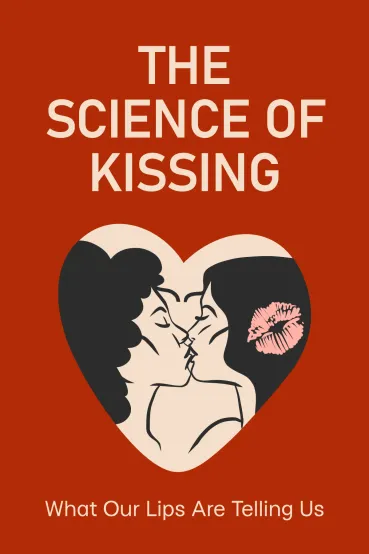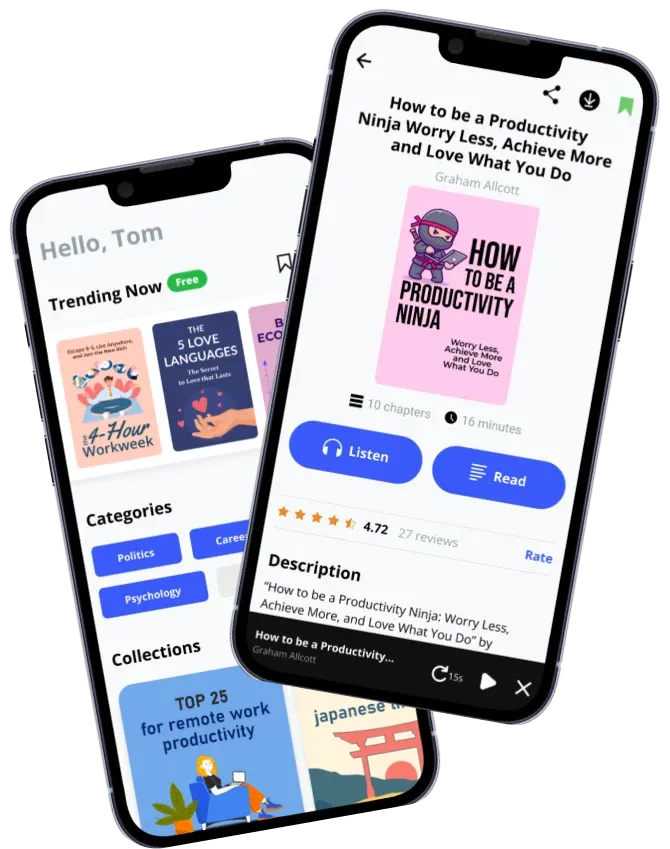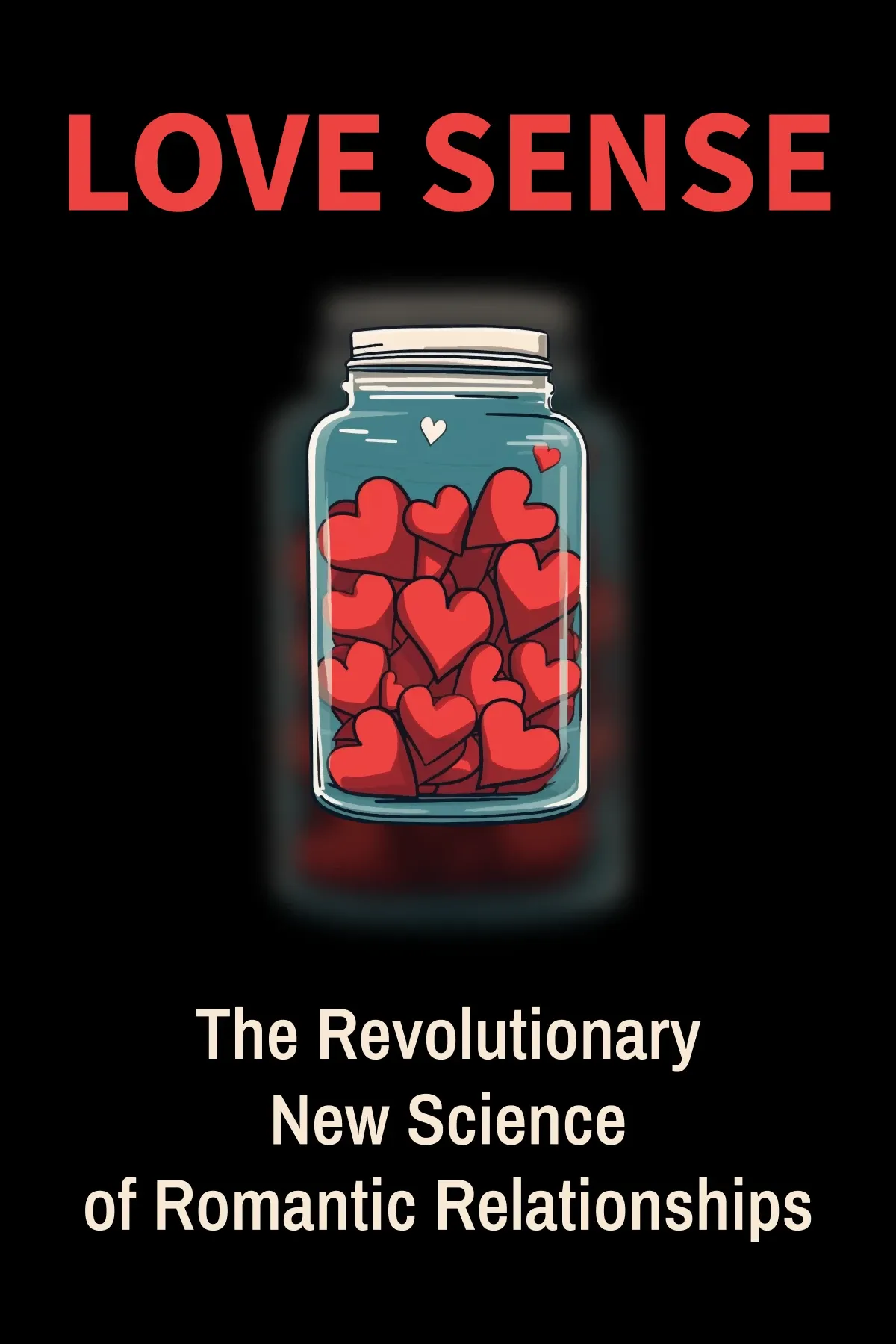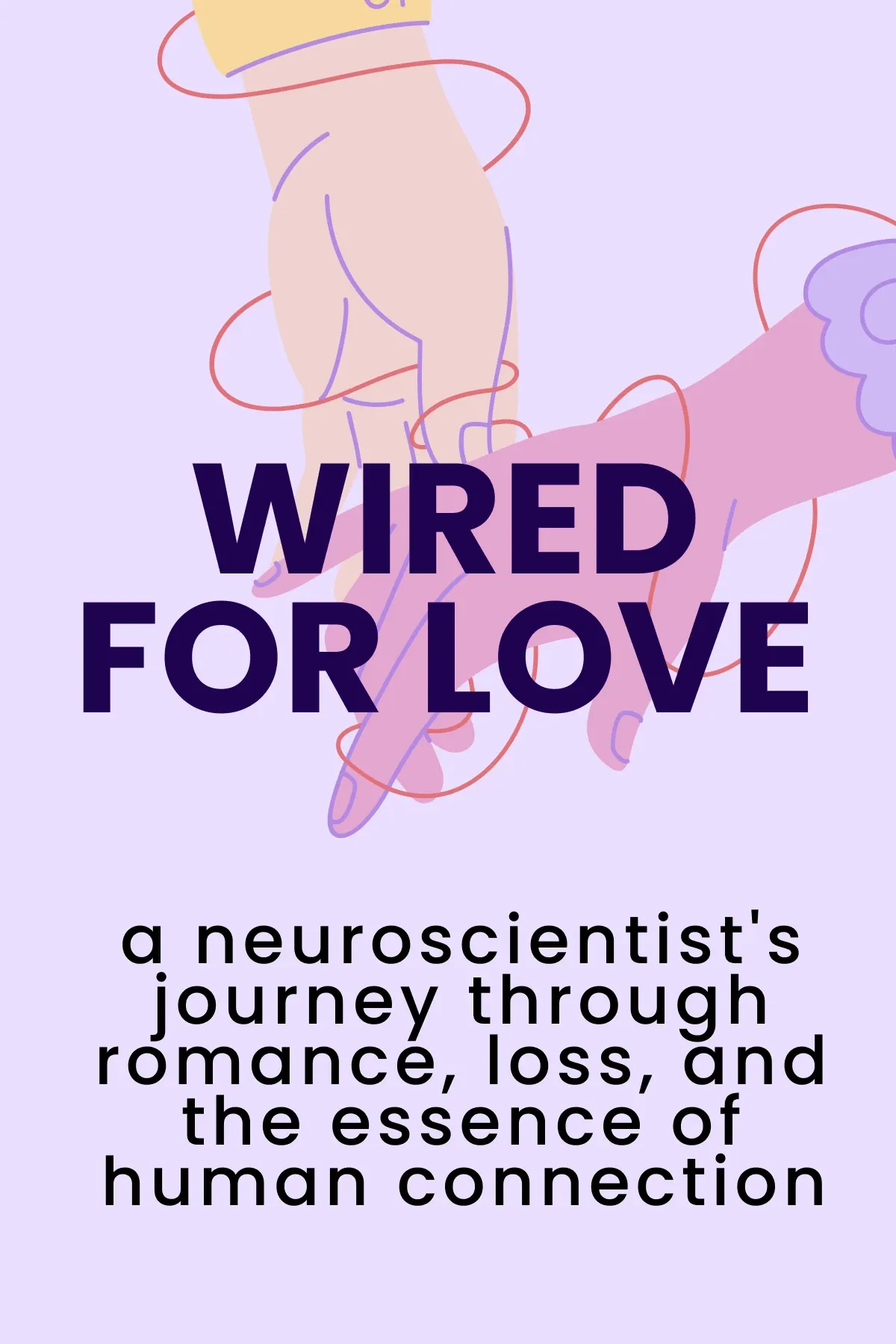
The Science of Kissing
Brief Summary
In “The Science of Kissing,” Sheril Kirshenbaum delves into the scientific and cultural roots of kissing. From the chemical reactions that take place during a kiss to the traditions and contexts that shape our understanding of this intimate act, Kirshenbaum presents an engaging look at the significance and role of kissing in our lives.
Key points
Key idea 1 of 6
Kissing is something many people do with pleasure, but why do we do it? The answer is deeply rooted in our nature. Researchers discovered that over 90% of cultures engage in kissing. Babies instinctively suck their thumbs in the womb and use the same lip movement for nursing, which is similar to kissing. This nurturing experience strongly links gentle lip pressure and feelings of security and love.
For hundreds of decades, people used to feed children by chewing food and then passing it mouth-to-mouth. This practice is known as premastication. It may seem unusual to us now, but it was a practical way to wean babies from breastfeeding before mashed foods appeared. This tradition is traced far back to Ancient Egypt, as shown in historical records. Pre-chewing food for a baby helps them feel safe and loved. The comforting connection formed during mouth-to-breast contact expands to mouth-to-mouth contact, fostering affection. This early bonding experience may encourage affectionate behaviors like kissing as they grow.
Kissing was also a way to show social status in the Middle Ages. The place where you kissed someone was based on their rank. For example, when someone met a priest, they meant to kiss their robe. At the same time, when someone met a noble, they were to kiss the noble's hand. The greatest respect was shown to the Pope and monarchs. Traditionally, people kissed the Pope's shoes and ring, while kissing the ground was normal when you greeted the monarch.
Kissing-like behaviors aren't exclusive to humans. Bonobos, one of the closest human relatives, kiss for sentimental reasons and to build stronger bonds. They also often use intimacy to deal with arguments instead of physical confrontation. Moreover, bonobos can kiss for long periods, sometimes over ten minutes.
Other animals, like ground squirrels, turtles, and cats, have their versions of “kissing.” These actions help them share knowledge and build stronger connections, signaling trust and acceptance. For many animals, licking is also a form of pampering, helping them relax and protect against infections. In *Pleasurable Kingdom*, by Jonathan Balcombe, the author supports this idea by giving an example of how cats soothe each other with licking.
You may also like these summaries











